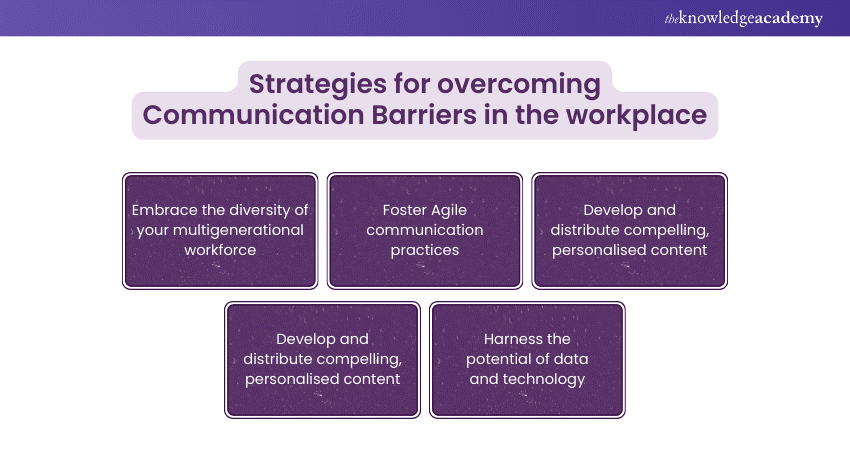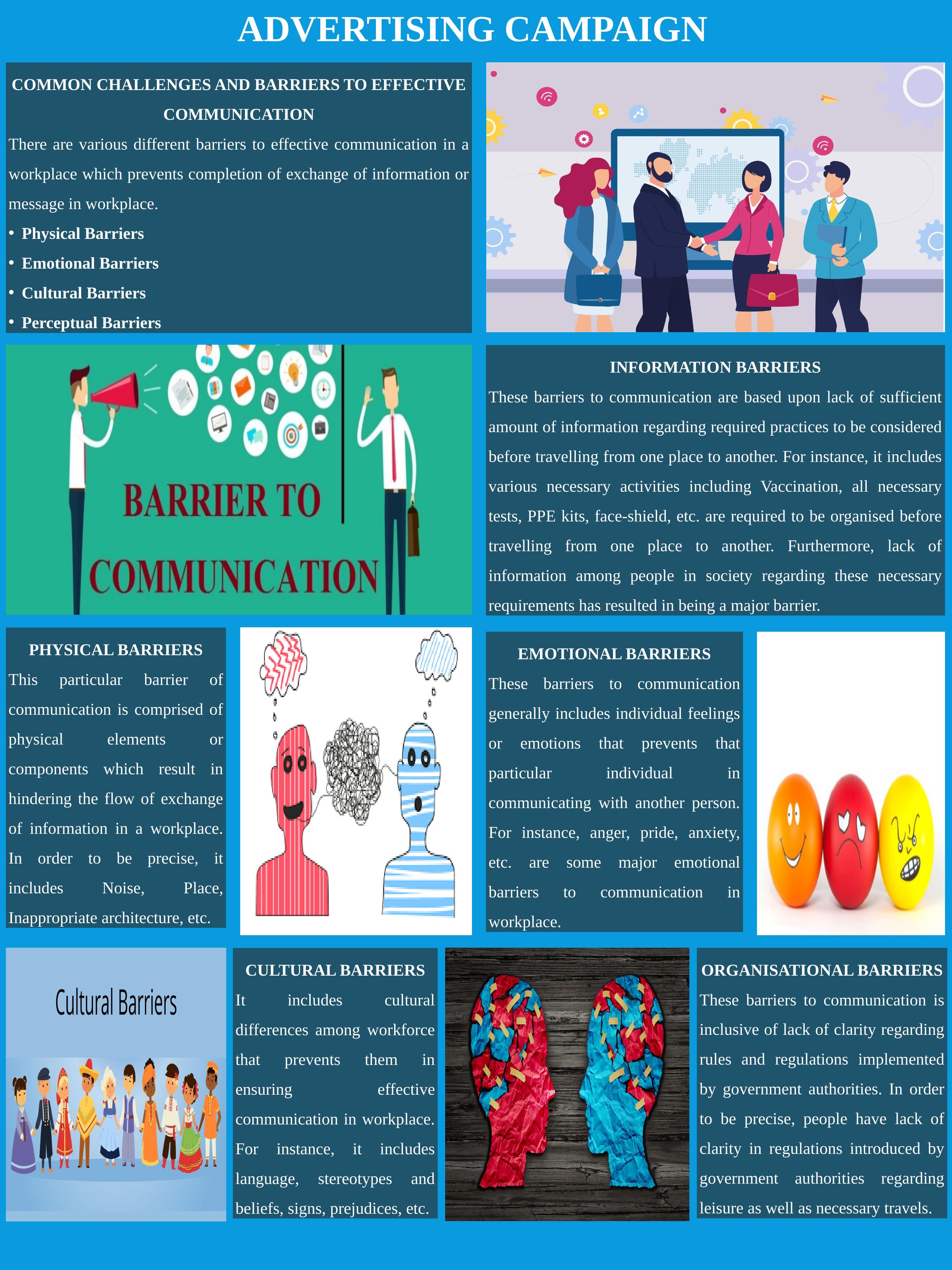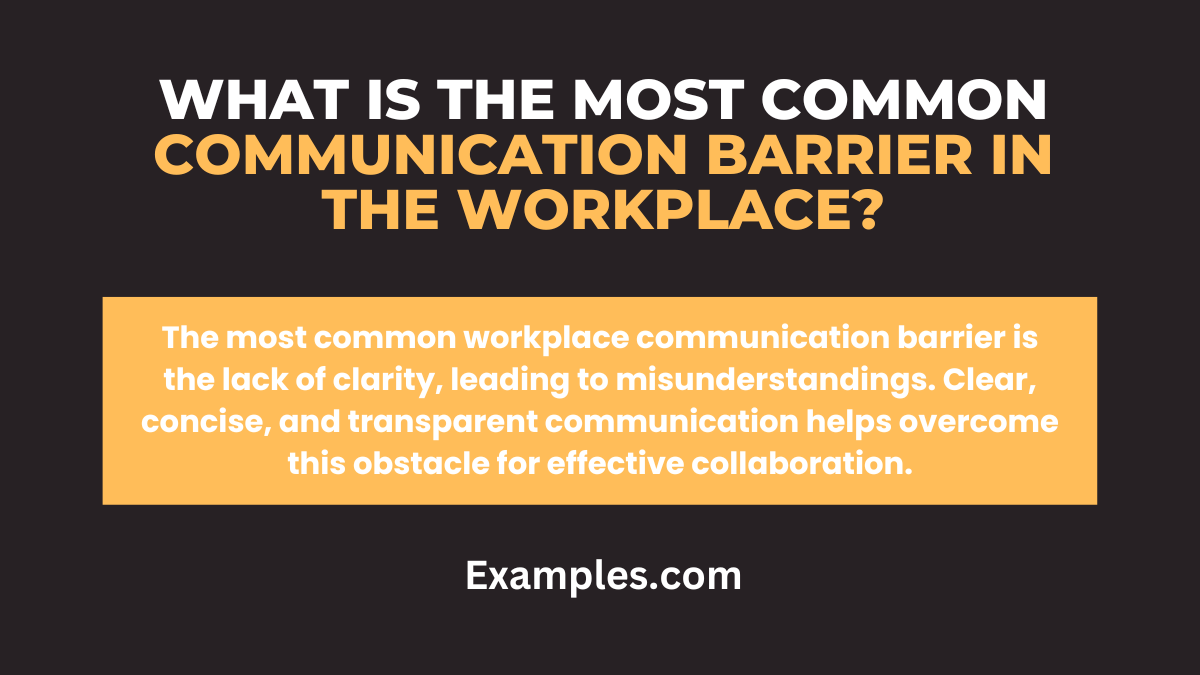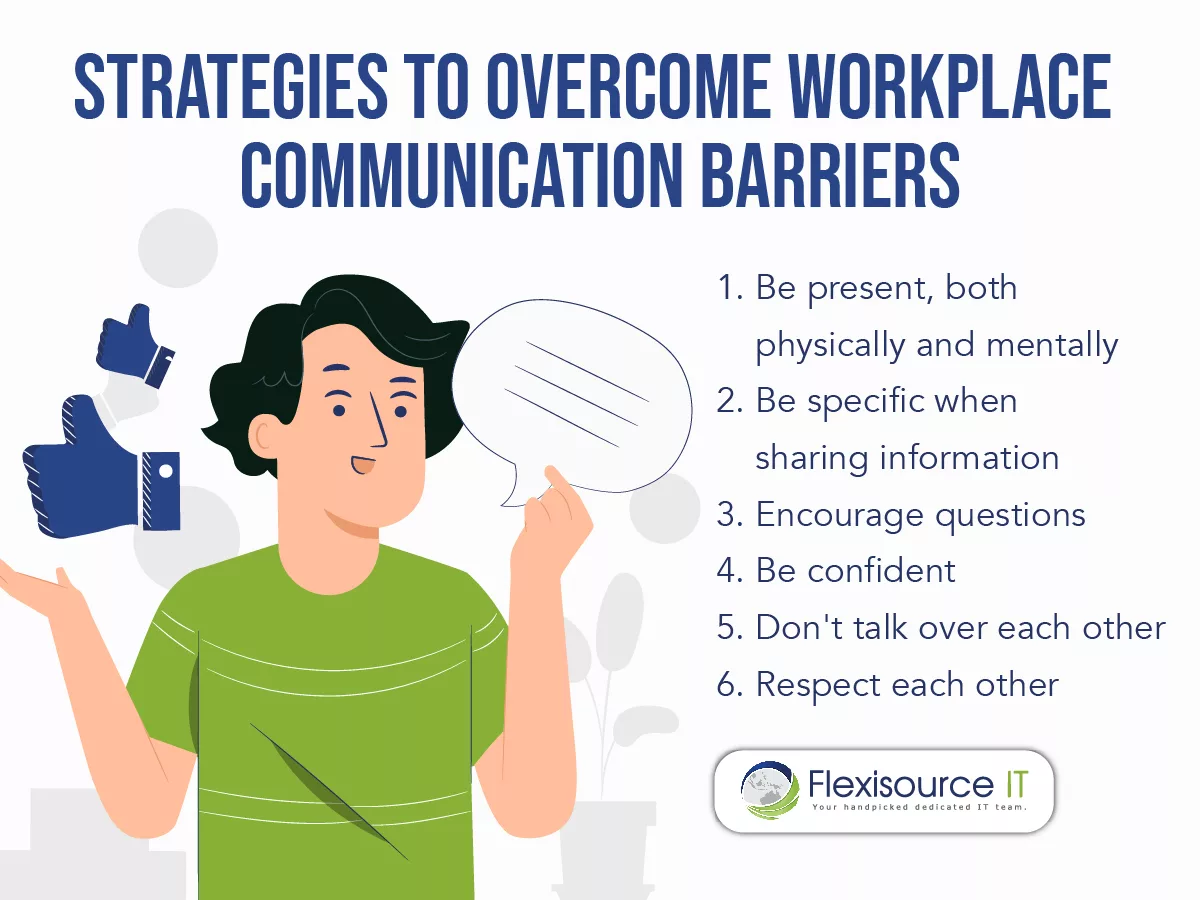Communication Barriers In The Workplace

The modern workplace, a melting pot of diverse backgrounds, experiences, and perspectives, frequently grapples with a silent yet pervasive challenge: communication barriers. These obstacles, often subtle and unnoticed, can significantly impede productivity, erode morale, and ultimately impact an organization's bottom line. Ignoring these barriers is akin to navigating a ship through a dense fog without radar; progress becomes slow, uncertain, and fraught with potential hazards.
At the heart of this issue lies the simple truth that effective communication is not merely about exchanging information, but about ensuring shared understanding. Communication barriers in the workplace encompass anything that prevents employees from accurately receiving, understanding, and responding to messages. Overcoming these barriers requires a multi-faceted approach that addresses both individual communication styles and the overall organizational culture, creating an environment where open dialogue and mutual respect are prioritized.
Language and Cultural Differences
In today's increasingly globalized world, language barriers present a significant hurdle. A workforce composed of individuals with varying levels of fluency can lead to misunderstandings, misinterpretations, and even exclusion. Simple instructions can become convoluted, and nuanced discussions can be lost in translation, potentially impacting project timelines and quality.
Beyond language, cultural differences in communication styles can also create friction. Directness, formality, and nonverbal cues vary significantly across cultures, leading to misinterpretations and strained relationships. A gesture considered polite in one culture may be offensive in another, and assumptions about shared understanding can prove detrimental to collaboration.
Technological Overload and Misuse
While technology has undoubtedly revolutionized workplace communication, it can also contribute to the problem. Constant notifications, emails, and instant messages can lead to information overload, making it difficult for employees to prioritize and process critical information. Furthermore, the lack of face-to-face interaction can strip away important nonverbal cues, increasing the likelihood of misinterpretations.
The misuse of technology, such as relying solely on email for sensitive conversations, can further exacerbate communication barriers. Important context and tone can be easily lost in written communication, leading to misunderstandings and conflicts. A study by the Project Management Institute found that poor communication was a contributing factor in 56% of project failures, and technology played a role in many of these instances.
Organizational Structure and Hierarchy
A rigid organizational structure with multiple layers of management can hinder effective communication. Information often gets filtered or distorted as it travels up and down the chain of command, leading to delays, inaccuracies, and a sense of disconnect between leadership and employees.
Hierarchical power dynamics can also discourage open communication. Employees may be hesitant to voice concerns or challenge ideas, especially when communicating with superiors. This fear of reprisal can stifle innovation and prevent potential problems from being addressed promptly.
Personal Factors and Emotional Intelligence
Individual communication styles, personality traits, and levels of emotional intelligence play a significant role in workplace communication. Some individuals may struggle to articulate their thoughts clearly, while others may be poor listeners. Lack of empathy and an inability to understand others' perspectives can further contribute to communication breakdowns.
Stress, anxiety, and personal biases can also impede effective communication. When individuals are feeling stressed or overwhelmed, they may be less receptive to new information or more prone to misinterpreting messages. Preconceived notions and biases can also cloud judgment and lead to misunderstandings.
Strategies for Overcoming Communication Barriers
Addressing communication barriers requires a proactive and comprehensive approach. Organizations should invest in communication training programs that focus on active listening, clear articulation, and intercultural communication skills. These programs can help employees develop the skills necessary to navigate diverse communication styles and effectively convey their ideas.
Creating a culture of open communication is also crucial. Leaders should encourage feedback, actively solicit employee input, and foster an environment where individuals feel comfortable voicing their opinions and concerns. Regular team meetings, town hall discussions, and anonymous feedback mechanisms can help facilitate open dialogue.
"Effective communication is 20% what you know and 80% how you feel about what you know," - Jim Rohn.
Utilizing technology effectively is another key element. Organizations should establish clear guidelines for communication channels and encourage employees to use the most appropriate medium for the message. Face-to-face interactions, video conferencing, and collaborative platforms can help bridge the gap created by remote work and reduce the potential for misunderstandings.
Looking ahead, organizations must prioritize communication strategies that are adaptable and inclusive. As workplaces become increasingly diverse and technology continues to evolve, the ability to effectively communicate across cultures, generations, and communication styles will become even more critical. By investing in communication training, fostering a culture of open dialogue, and utilizing technology thoughtfully, organizations can create a workplace where communication flows freely, collaboration thrives, and all employees feel valued and heard.
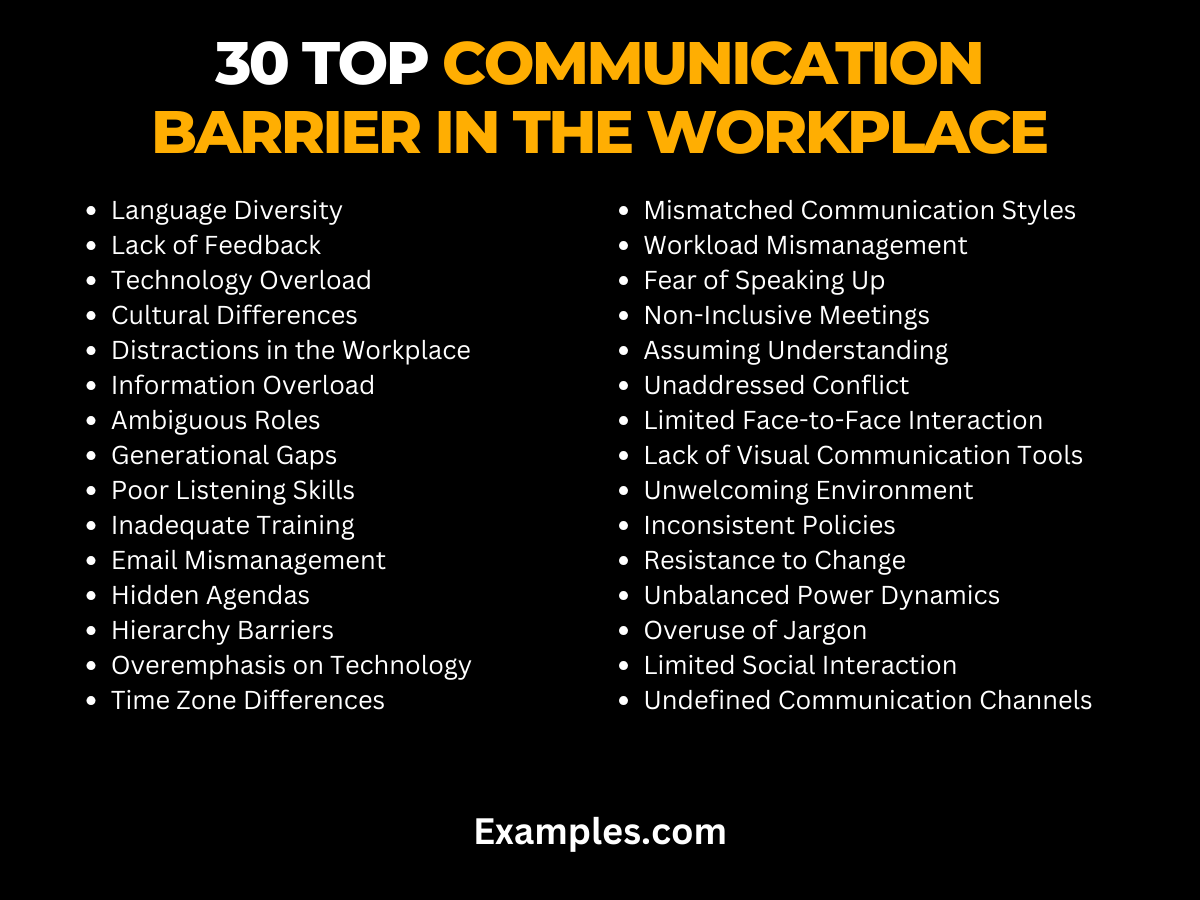

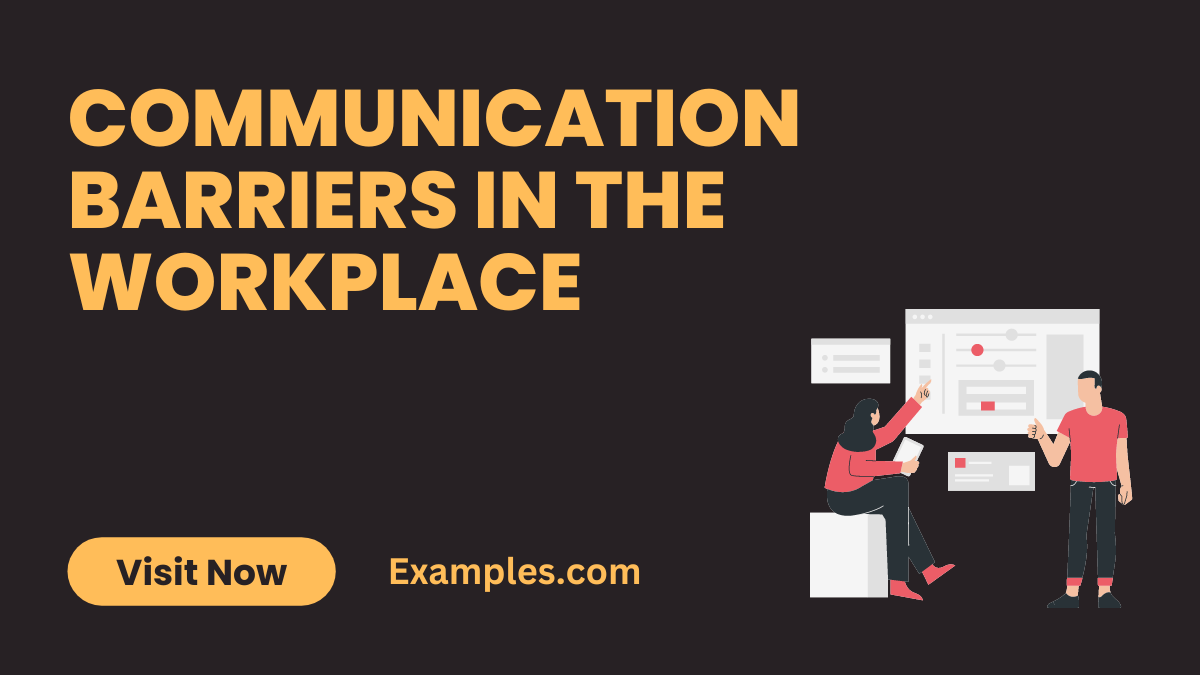
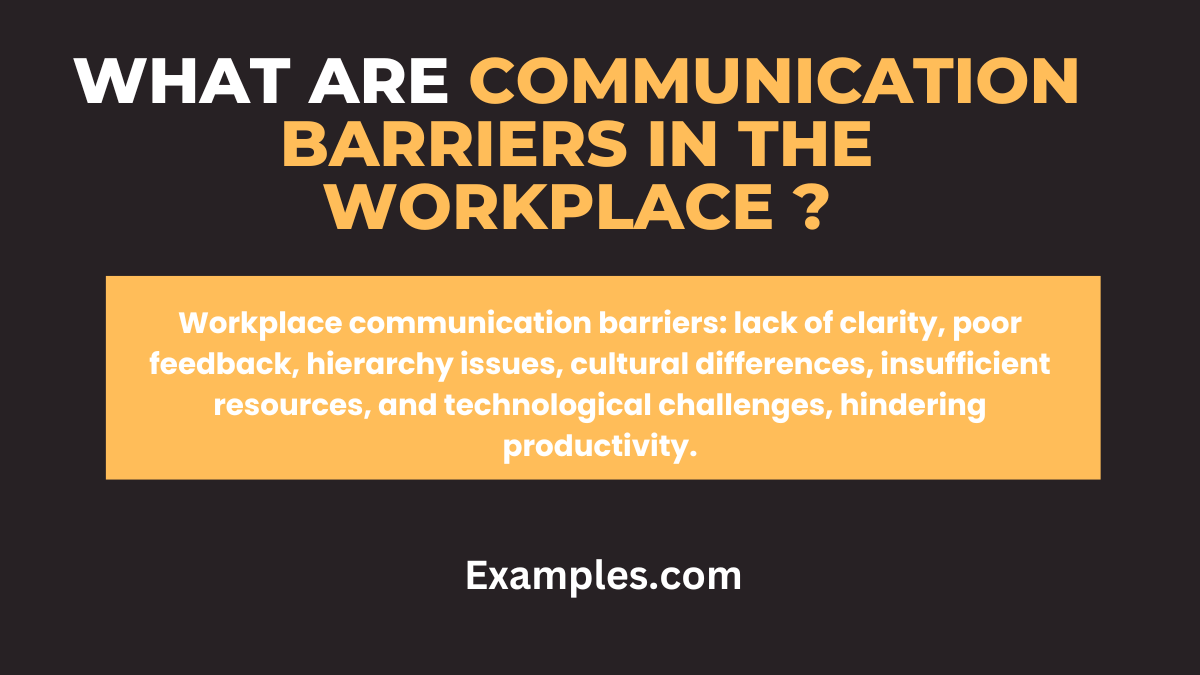

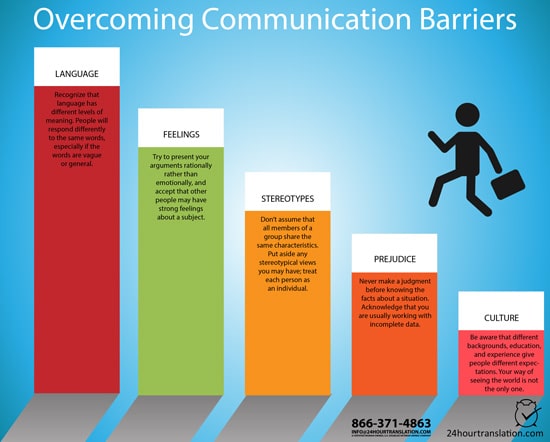
.png)
